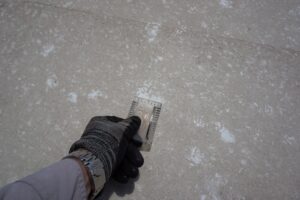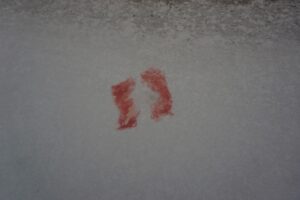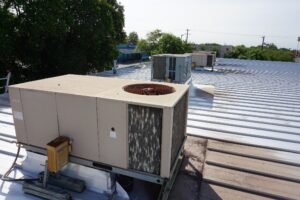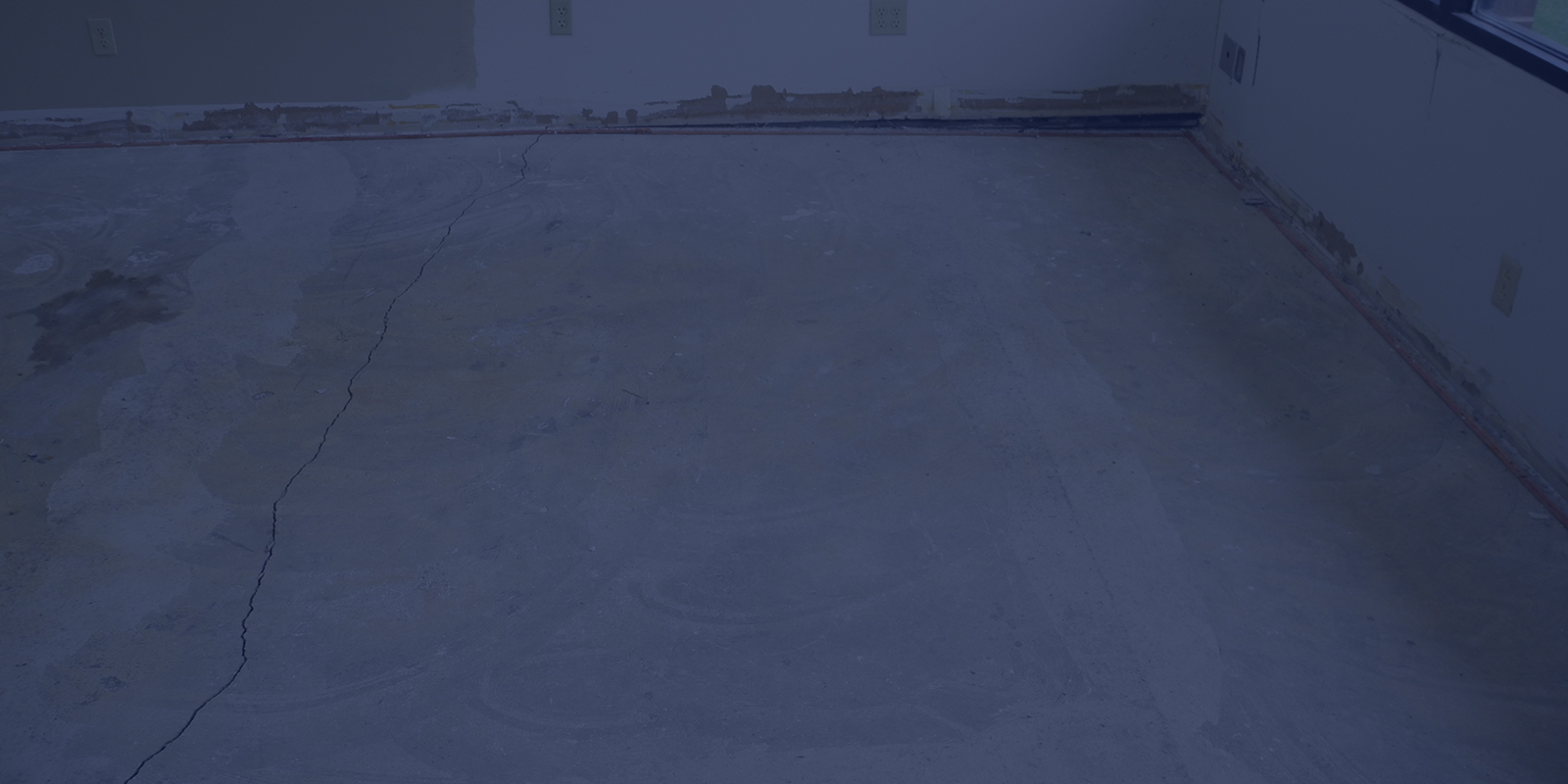Evaluations to determine the extent of hail impact distress are common in areas that have experienced a hail event. However, many locations experience multiple hail events within the service life of typical building systems or elements (such as the roof, for example). Therefore, in some cases, it may be necessary to delineate between two or more hail events to determine the type or extent of damages related to a specific event (or events).
To determine the dates of reported hail occurrences in the vicinity of a given site, it is useful to obtain weather data. Such data can provide the estimated hail sizing for the site over a given period of time. In areas that experience relatively frequent hail, this data will often include multiple events over a period of say 5-10 years. Data collected during a site investigation provides valuable, site-specific information that can be especially useful for determination of hail damage and can provide important details regarding any recent hail that has occurred at the site.
Hailstones transfer energy to an impacted surface. Factors such as hailstone size, density, and shape affect the amount of energy transferred and/or the damage potential from the impact. Data collected from a site, such as burnish marks and, if applicable, deformation or damage to different materials, can be used to evaluate the severity and characteristics of the hail impacts. The absence of such hail impact evidence can also be telling. For instance, burnish marks from hail indicate the precise locations of hail impacts (Figure 1), but these marks become less distinct (or “fade”) over time due to natural weathering. Therefore, the presence (or absence) of such burnish marks can provide an investigator with information regarding relatively recent hail events.

Figure 1. Burnish marks on the surface of a roof membrane.
The indentation of soft or light-gauge metal panels and surfaces is a condition frequently associated with hail impact. While there are many potential causes for indentations in such surfaces, a widespread random distribution of circular indentations is generally consistent with hail. The presence or absence of a pattern of indentations in panels and surfaces with different characteristics can provide valuable information. For surfaces prone to both burnish marks and indentations from hail impact, then the presence or absence of burnish marks that coincide with indentations can be used to determine if recent hail has caused indentations (Figure 2).

Figure 2. Burnish marks on a metal surface which are not coincident with an indentation. This indicates that the burnish marks and the indentation occurred at different times and not during the same hail event.
The condition of particularly easily-damaged materials or elements sensitive to deformation from impact can be used to help determine the hail history of a site. One frequently observed form of hail impact evidence is the deformation of exposed condenser coil fins on HVAC units. Condenser coil fins are relatively malleable and are readily deformed from even minor impact, and comparison of the coil fins on units of varying ages and directional exposure can be used to evaluate hail occurrences that have occurred at the site over time (Figure 3).

Figure 3. Deformations throughout the coil fins at an older unit in the foreground, with a newer unit (in the background) lacking a similar pattern of deformation.
Nelson’s team of professionals has extensive experience in evaluations of structures and other elements for potential damages related to storm events, including hail-related evaluations. For additional information and case studies of investigations for hail impact and determining the date of occurrence of hail, please click HERE to review the technical paper authored by Nelson professionals Stewart M. Verhulst, P.E., RRC, J. Daniel Bosley, P.E., and Justin Donaldson, P.E., which was presented at the 2022 ASCE Congress on Forensic Engineering in Denver and was published with the conference proceedings.

